Muthurajawela marsh Sanctuary Kalametiya Wetland Reserve IUCN
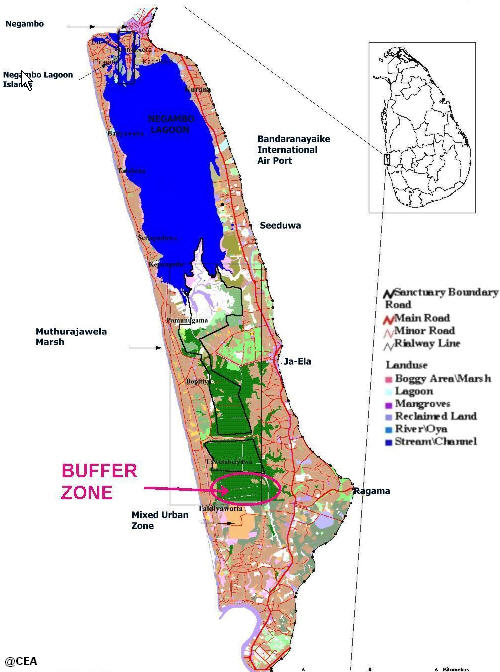
Muthurajawela is the largest saline peat bog of Sri Lanka and is listed as one of the 12 priority wetlands of the island due to its rich biodiversity. The location of Muthurajawela, in a rapidly developing urban area, makes it an extremely vulnerable ecosystem. With a view towards conserving this valuable wetland ecosystem, the Integrated Resources Management Programme in Wetlands (IRMP) of the Central Environmental Authority engaged the services of IUCN to conduct an ecological survey to identify critical habitats of the Muthurajawela Sanctuary. The survey was successfully conducted from November 1999 to May 2000, and it enabled to document the plants and animals of this wetland, identify threats, and determine the critical habitats that needs priority attention for conservation.
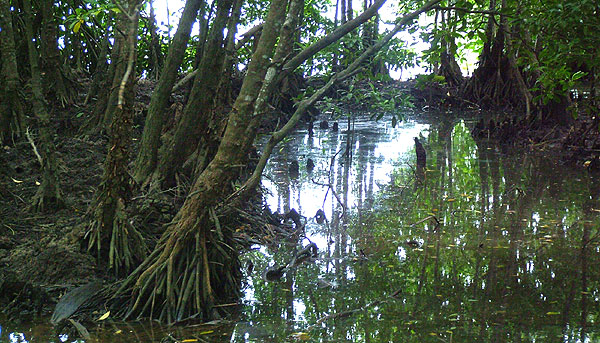
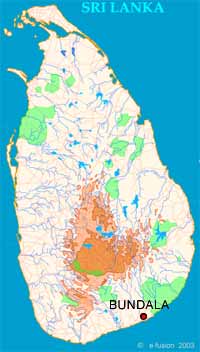 Bundala National Park/Ramsar Wetland
Bundala National Park/Ramsar Wetland
The Bundala National Park, covering an area of 6216 ha, is located about 250 Km Southeast of Colombo, in the Hambantota District. Recognizing the importance of Bundala as an important habitat for wildlife, it was declared a Sanctuary under the Fauna and Flora Protection Ordinance in 1969, and later upgraded to a National Park in 1992.
The shallow brackish water lagoons located within the park - Koholankala (390 ha), Malala (650 ha), Embilikala (430 ha) and Bundala (520 ha) form a complex wetland system that harbours a rich bird life, including several species of migratory waterfowl. This led to the declaration of Bundala as Sri Lanka's first Ramsar wetland - a wetland of international importance especially for migratory waterfowl, in 1990. There has been growing evidence that this protected area is deteriorating due to several anthropogenic factors.
The Ramsar Convention, also requires contracting parties to assess the status of Ramsar wetlands at regular intervals. Therefore, in order to contribute towards the conservation and management of the Bundala National Park and Ramsar Wetland.

Lower Walawe irrigation extension area
The Udawalawe Irrigation Project of the Mahaweli Authority, hopes to develop an area of 5,152 ha for irrigation and human settlement during 2001-2002. This area falls within three administrative boundaries: Moneragala, Embilipitiya and Hambantota, located in the Dry and Arid zones of Sri Lanka. At present, the area is uninhabited, and consists mainly of dry secondary scrub forest with several scattered small fresh water bodies. At the southern tip lies the Karagan Lewaya, an important brackish water lagoon.
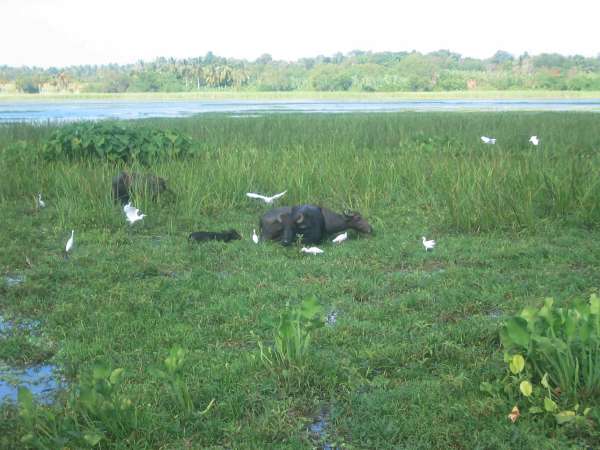
Maduganga mangrove estuary
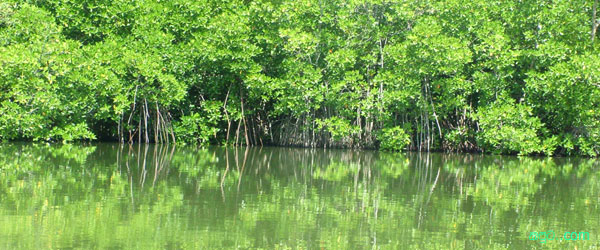
Situated in the Galle District in Southern Sri Lanka, the Maduganga estuary and mangrove islets constitute a complex coastal wetland ecosystem. In addition to its high ecological, biological and aesthetic significance, resident traditional fishermen are involved in commercial fishing activities in the estuary. With a view to safeguarding the ecological functions, resources and values of the Madu ganga estuary for conservation and future sustenance of biodiversity, the Government of Netherlands funded a project in May 2000 to enhance the conservation activities in the area through community participation. IUCN Sri Lanka carried out a systematic assessment of the biodiversity of Madu ganga as an integral part of this project. A six-month field survey was carried out during the period May - October, 2000. The survey revealed that the Madu ganga wetland consists of 10 major wetland vegetation types, which harbour a total of 303 species of plants belonging to 95 families. The fauna included A total of 248 species of vertebrate animals. The biodiversity assessments further revealed that Madu ganga, perhaps one of the last remaining tracts of pristine mangrove forests in Sri Lanka, is threatened due to increasing unsustainable human activities - a predicament faced by many mangrove ecosystems in Sri Lanka.
The Kalametiya Wetland Reserve is located near Hambantota just off the main A2 coastal road at the 218km (135-mile) post. This wetland reserve is an important site for migrating waterfowl and waders, including the common curlew (Numenius arquata arquata), marsh sandpiper (Tringa stagnatilis), common greenshank (Trings nebularia), and yellow wagtail (Motacilla flava). Residents include the glossy ibis (Plegadis falcinellus) and the purple coot (Porphyrio porphyrio)
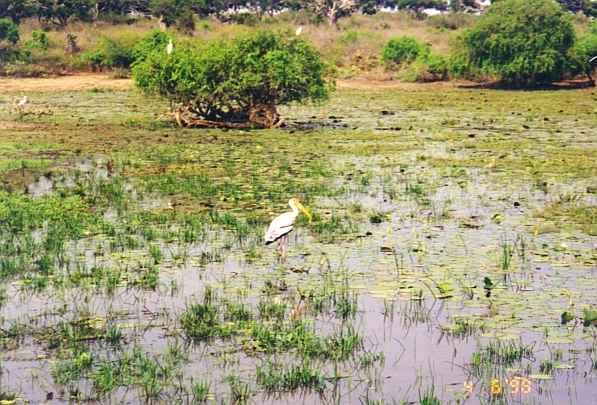
 ශිල්ප 64
ශිල්ප 64